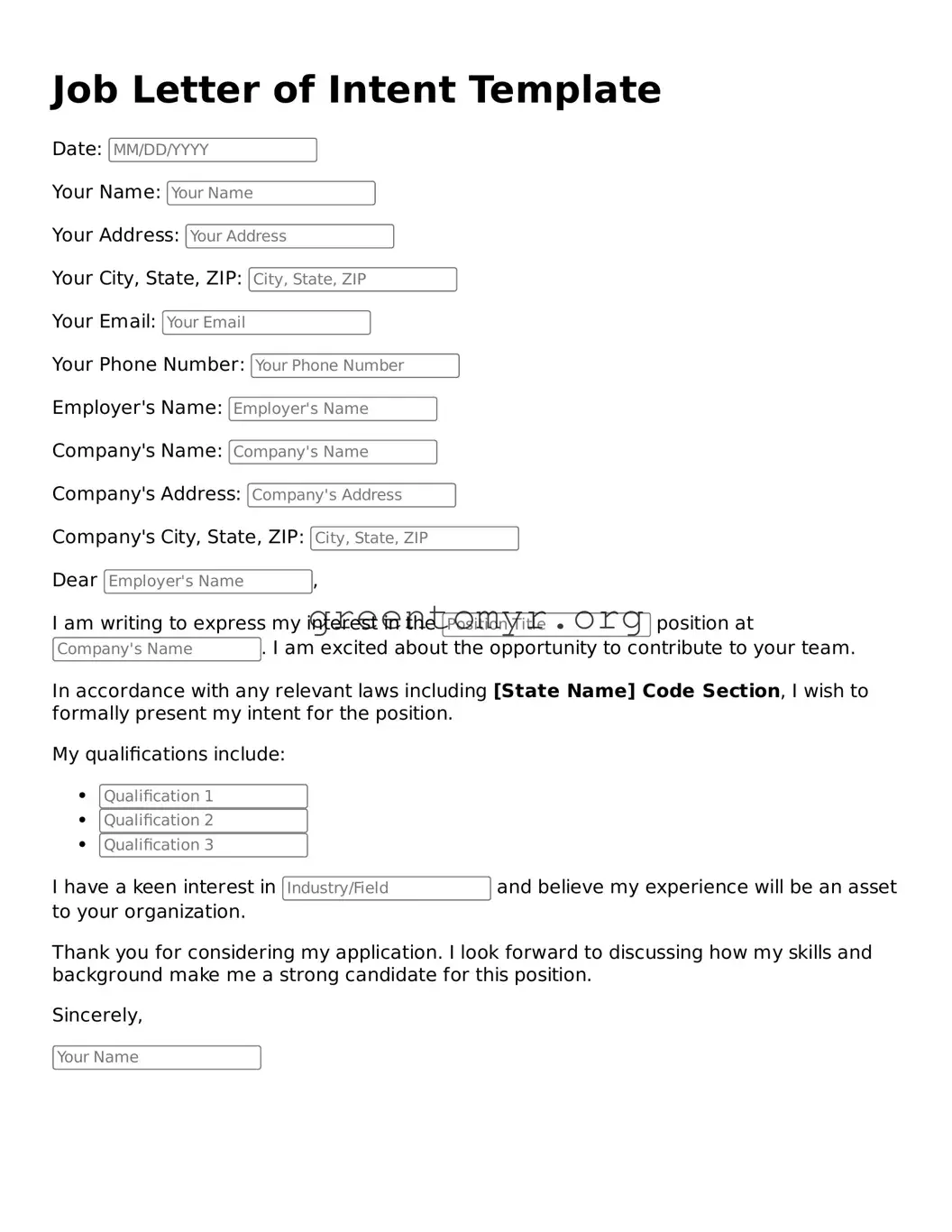When applying for a job, the Letter of Intent serves as a crucial component of the application process. Yet, despite its importance, many applicants often make avoidable mistakes that can undermine their efforts. Understanding these common pitfalls can greatly enhance one's chances of making a favorable impression.
One prevalent error is failing to customize the letter for the specific position. A generic letter may give the impression that the applicant is not genuinely interested in the role. Each job has its unique requirements and culture, and a well-tailored letter can showcase how an applicant's skills and experiences align with the organization’s needs.
Additionally, many individuals neglect to proofread their letters. Typos, grammatical errors, and vague statements can detract from the professionalism of the document. A single mistake can suggest that the applicant lacks attention to detail, which can be a red flag for potential employers.
Another mistake is overlooking the importance of a strong opening. An engaging introduction can capture the reader’s attention and encourage them to continue reading. Conversely, a lackluster or overly formal opening may fail to create interest.
Some applicants also forget to highlight their achievements. Instead of merely listing job responsibilities from past positions, it is far more effective to emphasize specific accomplishments. Demonstrating how one has contributed to previous employers can paint a picture of what they could bring to a new role.
A common misstep is failing to articulate why they want to work for that particular organization. Employers appreciate candidates who have done their research and can explain why they are drawn to the company. A brief mention of company values or initiatives shows enthusiasm and alignment with the organizational mission.
Moreover, being overly modest can hinder an applicant's chances. While humility is a virtue, the Letter of Intent is a space to articulate one’s strengths. Candidates should not shy away from confidently stating their qualifications and how they are well-suited for the position.
Many people also neglect to include a call to action. Concluding the letter without inviting further discussion or indicating a desire for an interview may leave the application feeling incomplete. A simple line expressing enthusiasm for the possibility of conversation can make a significant difference.
Finally, some applicants forget to adhere to formatting guidelines. A clear and organized layout can contribute to the letter's readability, while a cluttered or inconsistent format can distract from the content. Utilizing a professional structure sets a positive tone from the outset.
By recognizing and avoiding these mistakes, applicants can significantly strengthen their Letters of Intent. A thoughtful, well-crafted letter not only conveys qualifications but also reflects a genuine interest in the role and the organization.
